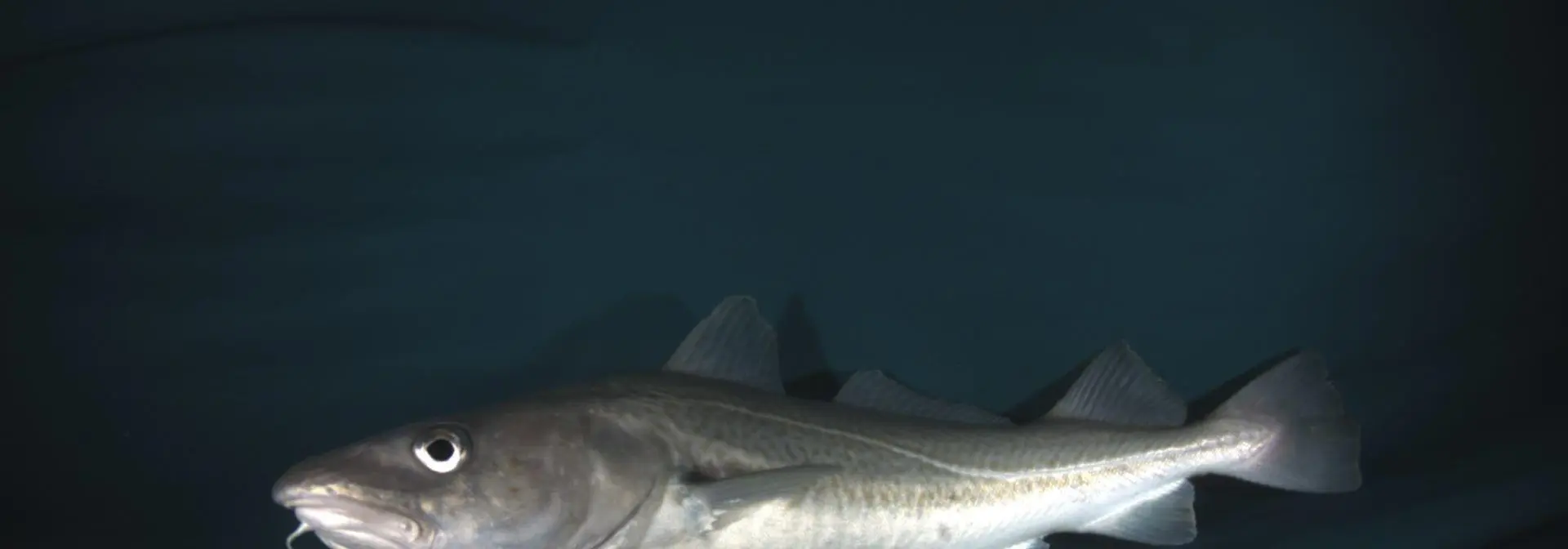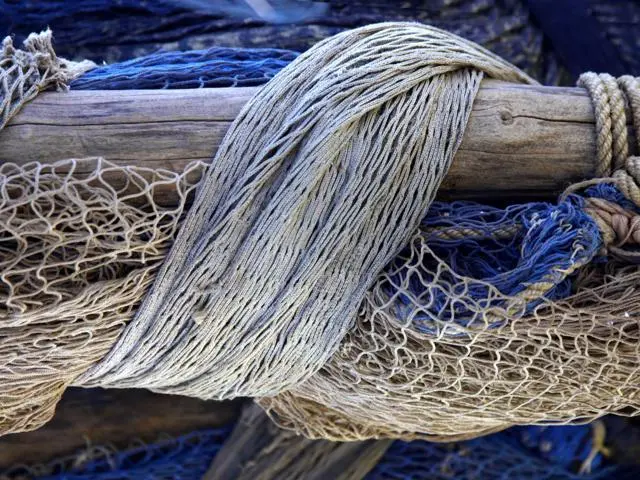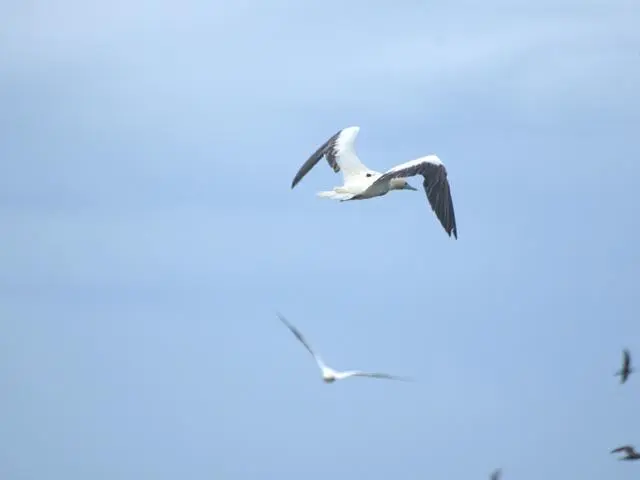Fisheries Ecosystems and Advanced Survey Technologies (FEAST)

The FEAST research group supports the sustainable management of marine resources, particularly fisheries, offshore renewables, marine biodiversity and conservation.
The team are driving advancements in marine technologies to address ecological challenges facing our oceans and seas, whilst also working closely with the fisheries sector to advance autonomous and AI-powered systems to reduce the environmental impact of fishing practices.
Projects led by Professor Paul Fernandes and the FEAST team include the development of uncrewed surface vehicles (USVs) and Autonomous Underwater Vehicles (AUVs) to monitor marine resources at sea. This work is being delivered in partnership with experts in Robotics and Autonomous Systems (RAS) at the National Robotarium and aims to develop vehicles that are safer, more cost-effective and offer a lower carbon alternative to traditional sampling, such as offshore windfarms and other artificial marine structures, in the deep sea.
Another example is Smartrawl, an innovative, AI-empowered fishing net to help prevent marine bycatch. Developed in partnership with Fisheries Innovation & Sustainability (FIS) and funded by the UK Seafood Innovation Fund, Smartrawl aims to reduce bycatch by trawlers, including sharks, rays, dolphins and critically endangered species such as turtles and seabirds, of which 4 million tonnes are unintentionally caught across the world each year.
Our areas of expertise

Global study shows demersal fishing affects ocean floor carbon storage
According to a new study, newly deposited organic matter on the seabed is significantly reduced due by seafloor fishing activities

Seafood unfairly singled out in microplastics debate
Seafood has received disproportionate attention in media coverage about microplastics, despite evidence that fish and shellfish are not the main source of human exposure.

On-board camera footage offers birds’ eye glimpse into seabird flights and feeding behaviour
Scientists have captured unique on-board footage of Indian Ocean seabirds speeding just above the waves to catch flying fish on the wing.
Related themes and projects

MarineGuardian
Researchers at The Lyell Centre are leading a study into reducing bycatch of vulnerable species in the West of Scotland.